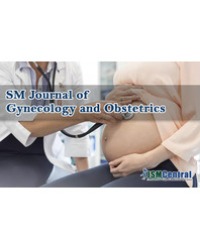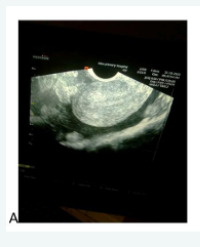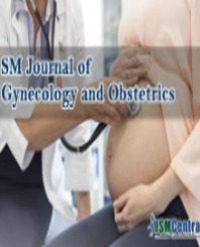
The Role of Sleep in Pelvic Pain: Are We Missing Somethin
Chronic Pelvic Pain (CPP) is a debiliting condition, common in gynecologic and urologic practice. It is defined as pain lasting over 6 months in the pelvic region and it is estimated to affect about 15% of the general population [1]. It could be related to certain pathology or infection, such as: endometriosis, vulvodynia, prostatis or it could be primary when is not otherwise explained.
As in other chronic pain conditions, psychological factors play a role in the genesis and maintenance of pelvic pain. Less is known about the role of sleep in these patients. Among the treatment for CPP, surgery could be an option. In this case the role of preoperative and perioperative sleep should be assessed, since it could have a role for the development of Chronic Postsurgical Pain (CPSP). Future studies should assess the role of sleep in pelvic pain in order to develop effective multidisciplinary treatments for its management
Chiara Manna*


